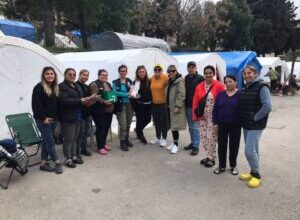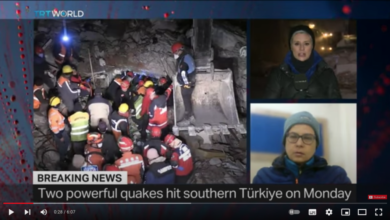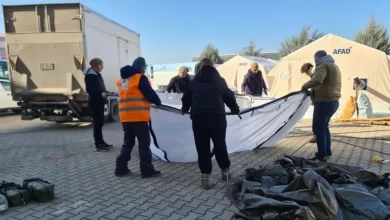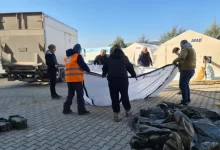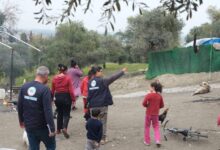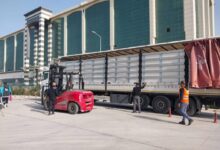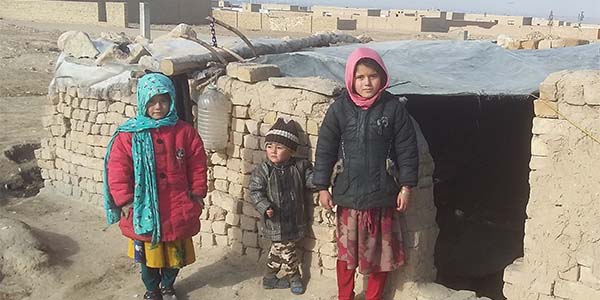
The schools are closed until March in the coldest parts of Afghanistan where the temperature can plummet as low as minus 27 degrees Celsius. As Chris Nyamandi, Save the Children’s Country Director in Afghanistan explains, this is a terrible blow because the classroom is often the only source of warmth for children during the winter.
“The early snow in the northern parts of Afghanistan where we work has impacted children particularly badly. The most vulnerable children are those whose schools have shut because of the worsening winter conditions. Their families don’t have the money to buy winter clothing. Instead children are forced to huddle at home to escape the bitter cold.”
“It also means it is more difficult for us to reach these children to provide them with winter clothing. We must go from home to home to deliver thick coats and blankets.”
The ongoing conflict has also destroyed many homes and forced thousands of children to shelter in camps for the homeless. There they risk hunger, disease, including COVID-19, even death from freezing temperatures.
Twelve-year-old Rohina* lives in a camp for people forced to flee their homes in Balkh province. She attends Save the Children supported community-based education classes. She said, “We are poor and are living under open sky. Me and my siblings are not able to sleep for the night because of the cold. How someone can learn like this?”
“The situation is bleak for children forced to live in camps in places like Balkh province. It is already very cold in this northern province with overnight temperatures as low as minus ten. But it will get much colder before March,” said Mr Nyamandi.
“Here, and in camps in other parts of Afghanistan, plastic sheeting and the clothes they wear are often all that separates them from the freezing temperatures.

